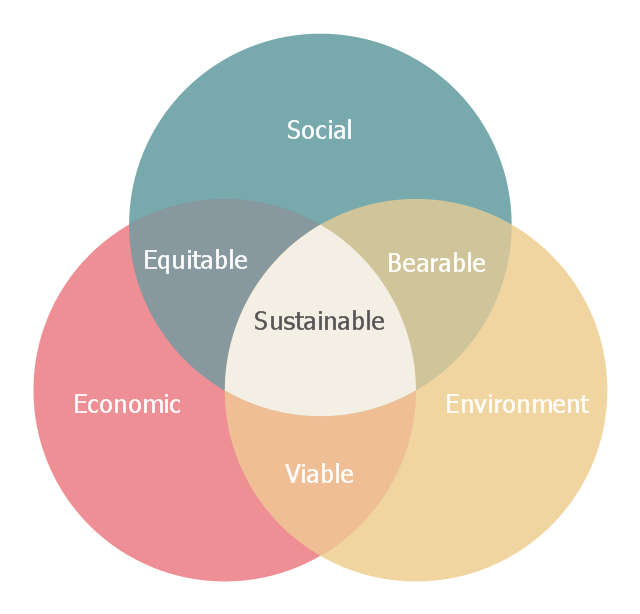Dr. Eddielstein, Prof at Ramapo College- Head of Environmental Studies
Since WWII we have symmatically destroyed our environment.
How do we create a world were not destroying and help future generations?
Climate Change is most serious issue we currently face. The earth will not be destroyed, but its habitability will be.
Schizoid-nature of the world we live in because we don't face reality, Governmental figures making repairing this issue impossible with the current administration. Climate Change information were taken off the White House's website and many scientist are being re-assigned and pushed out of their field. Agencies will need to be rebuilt without their senior officers and scientists. FEMA/ Coast guard funds are being cut in times of extreme weather.
"The further you go the less returnable."
"We are making Earth inhabitable and setting off chains of events that will make it even more inhabitable. "
How to teach in a time of alternative facts?...
-Careful how we accumulate these facts, teach facts.
-
·
IPCC- United Nations’ Meta Study that asked
scientist to evaluation all C.C. research and try to find if they match or
converge. They found they fit together and we have entered a new geometric
pattern called Anthropocene age beginning (the real climate change).
o
The Gya Hypothesis. Lovelock showed for the
first time that we are dealing with a earth that is cybernetic, self- directing
system. What is a system??
·
Inputs from the environments, thruputs, outputs
into the environment.
·
The Earth is finite, limit-system and act
accordingly.
·
1800’s-go west- infinite land, accommodations,
resources
o
See things differently when you live on an
island.
·
Ecological Footprint Test- Living on earth as if
we have two of them.
o
Clean air, food, resources scarcity.
o
Systems are connecting to and affects everything
else- no isolation.
o
All institutions are misbehaving and based off
it being bigger than it is.
o
Pope Francis- U.N. speech encyclical- our moral
responsibility to take care of others on earth. Very few accumulate all the
wealth/resources.
·
Open vs. Closed systems.
·
The body is an open system.
·
The earth is a closed system as well as an open
system.
·
Matter/ energy
o
Matter is anything that takes up space. Earth
closed system with matter, except asteroids.
o
Energy is anything that allows work. Earth is an
open system with energy, the SUN!
“One hour of sunlight provides the earth with enough energy
for a year!”
Mostly using fossil fuels instead of renewable energy-the
sun.
1st Law of Conservation of Matter- Cannot be created
or destroyed only converted.
2nd
law- Entropy- energy moves towards disorganization. Energy becomes useful and
pollutes the environment.
Al
Gore’s the Inconspicuous Truth 1995-
The
correlation between greenhouse gases and temperature. The role of educator and
public service.
Must
we Change? Can we change? Will we change?
The
boundary of space is a tiny atmosphere. Troposphere and stratosphere. They work
together in a simple way because of gravity and things that are light enough to
float. A movement of gases. Ultraviolet rays hit the earth and heat it. Darker
colors warm up/absorb more and lighter colors reflect the light. The poles have
a lighter albedo in cool temps and higher albedo in high temps (reflective
properties).
Carbon
dioxide creates a blanket in the atmosphere. Carbon dioxide is caused by
burning things. The Albedo is effected because there is less reflection. Most
of the earth is wearing “a black shirt”. Rising Cardo dioxide and less
reflectivity. Less heat escaping and
less reflectivity. Causes melting snow (movie chasing ice) less albedo more in
ocean which absorbs sunlight and ultraviolet, warmer is gets. The artic is
melting, drilling companies want to start drilling. Positive feedback loop (
causes more to happen)- but very negative for us.
Composting- Bacteria and animals break down waste.
Biproducts = heat and gas
Thawing Permafrost- frozen ground that is melting.
Permafrost means the ground is frozen all year long. Alaska oil pipelines is a
pipeline that allows us not to rely on tankers. The pipeline is sinking.
Repairs can only be done when the ground is frozen. Underneath is decayed
fossils and their gases have been stuck underneath.
Surface temp goes up and burning of fossil fuels goes
up. Correlated
Sources of greenhouse gases:
·
Coal mining, coal plants, fertilization,
transportation, landfills and oil production.
Loosing predictability to weather patterns
Population doubles around every 34 years?
Earth is like a balloon you keep putting more and more air
into…
2016 was the hottest year ever measured.




